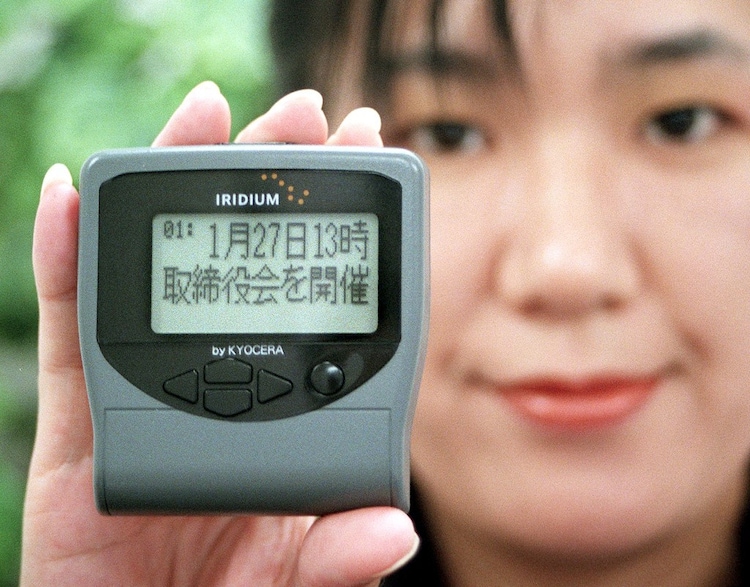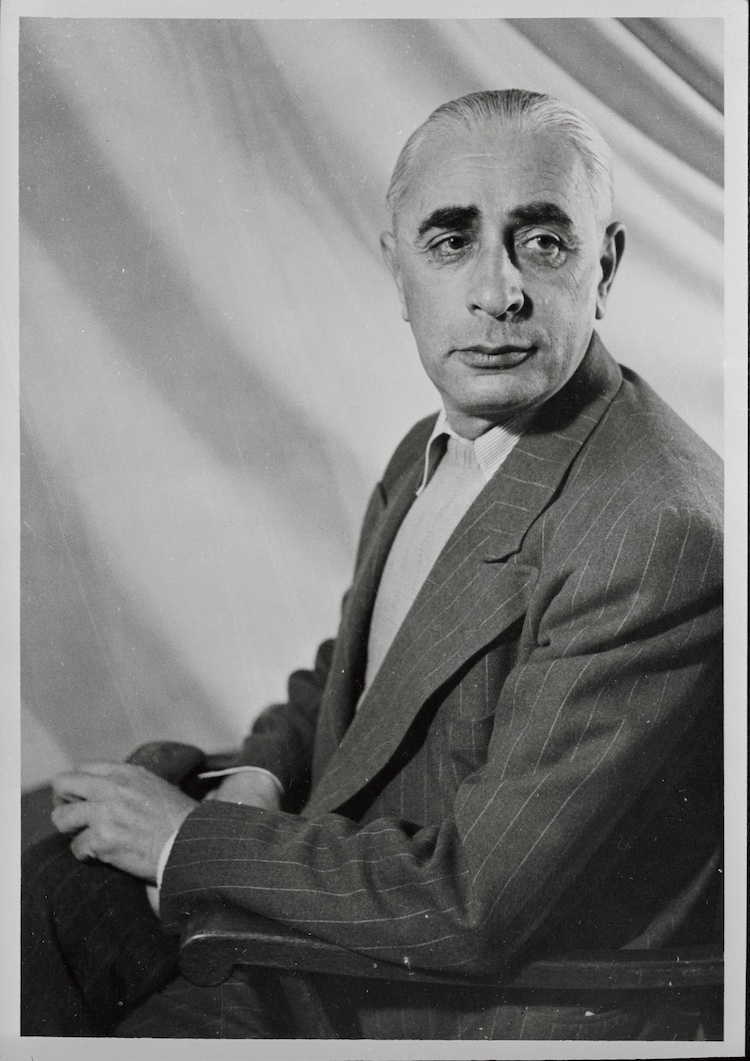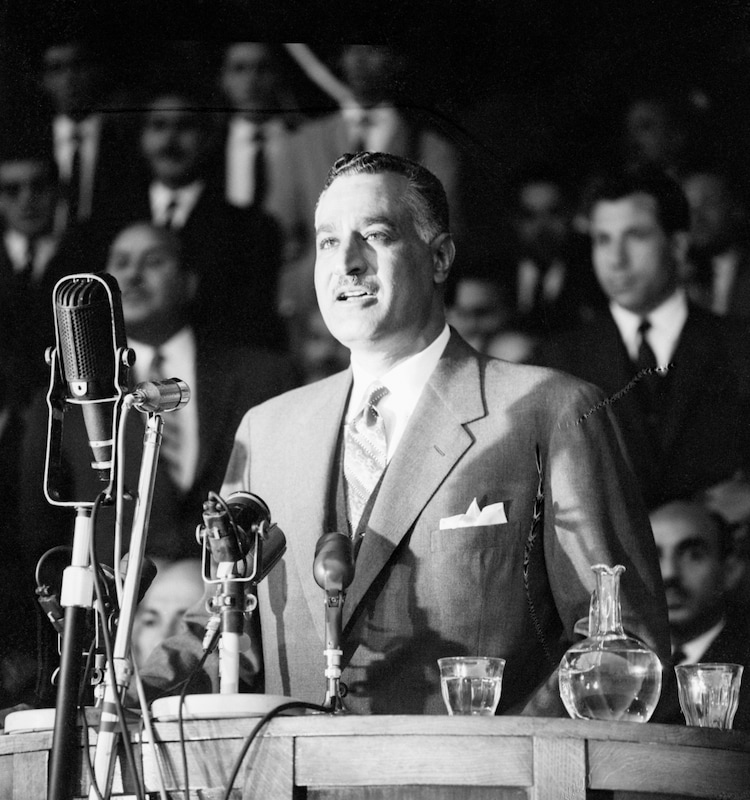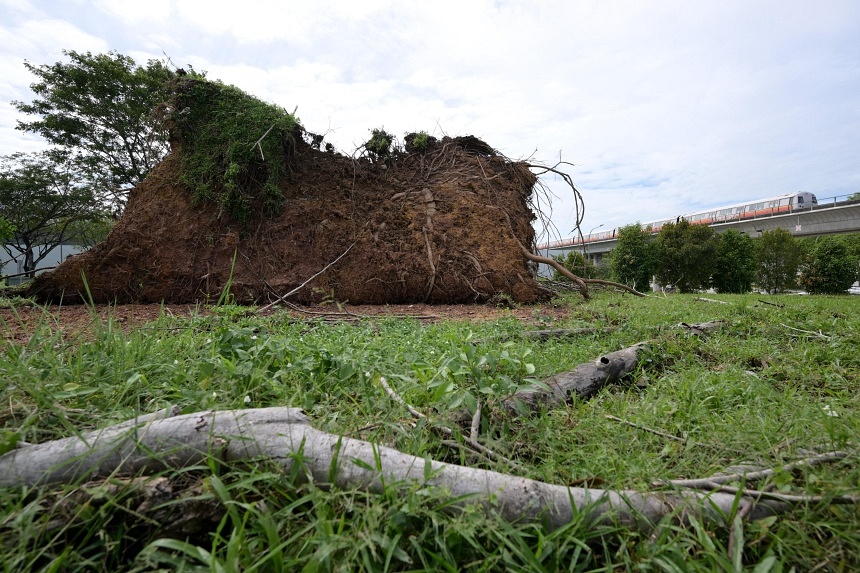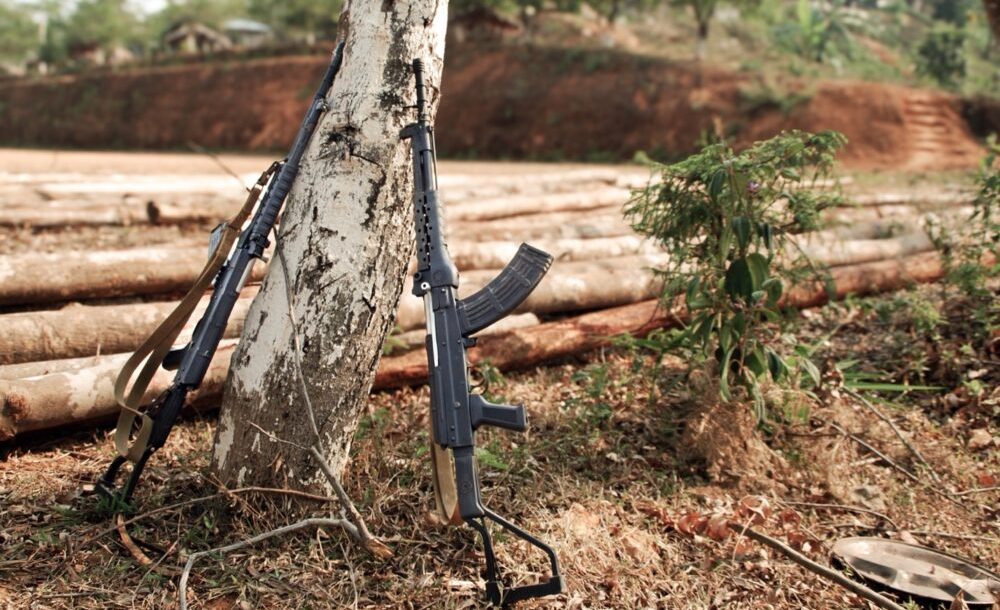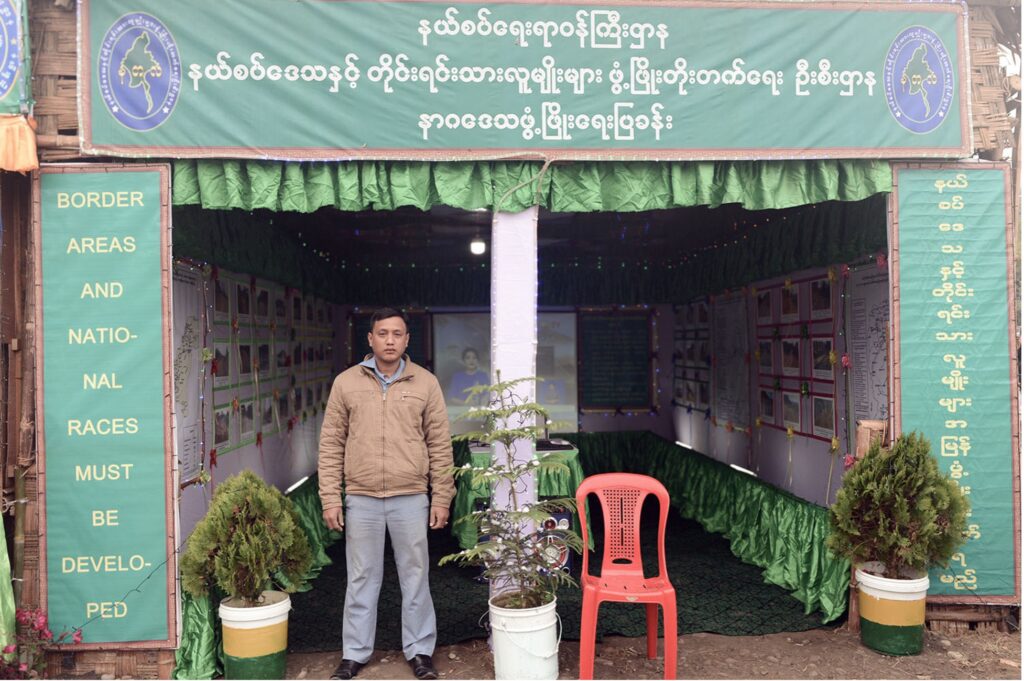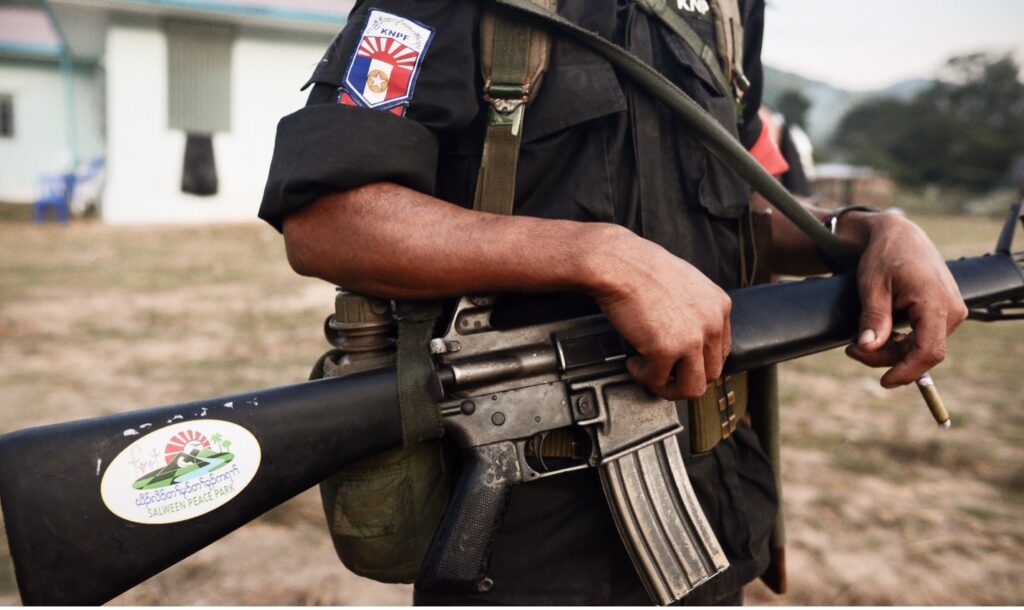American writer Percival Everett is the only male among this year’s finalists announced in London this week for his Mark Twain ode ‘James’
PTI London Published 18.09.24,

(From Left-Right): Samantha Harvey, Charlotte Wood, Rachel KushnerTTO Graphics
For the first time in the 55-year history of the Booker Prize, the shortlist has a strong feminine flavour with five out of the six authors in the running for the prestigious GBP 50,000 literary award being women.
British writer Samantha Harvey has been shortlisted for her space set novel ‘Orbital’, American Rachel Kushner for spy thriller ‘Creation Lake’, Canadian Anne Michaels for her familial tale ‘Held’, Australian Charlotte Wood for her philosophical ‘Stone Yard Devotional’ and Yael van der Wouden, the first Dutch author to be shortlisted, for her debut novel ‘The Safekeep’. American writer Percival Everett is the only male among this year’s finalists announced in London this week for his Mark Twain ode ‘James’.
“I am enormously proud of this shortlist of six books that have lived with us. We have spent months sifting, challenging, questioning – stopped in our tracks by the power of the contemporary fiction that we have been privileged to read,” said Edmund de Waal, chair of the 2024 judging panel.
Also Read
Salman Rushdie's ‘Knife’ attack memoir longlisted for UK non-fiction prize
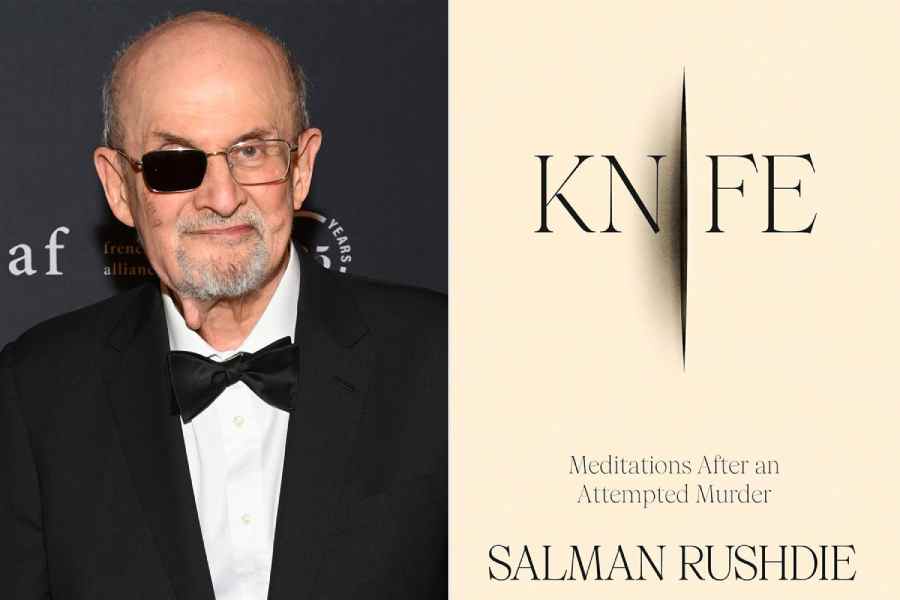
“The six books on the shortlist bring a diversity of perspective, style and subject matter, from those that hold the reader close to those that take the reader for a spin. It’s a pleasure to bring new authors to the Booker library and welcome back those who have been here before, and I can’t wait for even more readers to immerse themselves in the worlds created by all of this year’s cohort,” said Gaby Wood, Chief Executive of the Booker Prize Foundation.
Last year, there were two women on the shortlist, including British Indian Chetna Maroo for her tennis allegory ‘Western Lane’ and Canadian author Sarah Bernstein for ‘Study of Obedience’. The Booker Prize was last won by a woman in 2019, when it was shared by Bernardine Evaristo for ‘Girl, Woman, Other’ and Margaret Atwood for ‘The Testaments’, and in 1997, Indian author Arundhati Roy won the literary prize for her semi-autobiographical novel 'The God of Small Things'.
This year’s shortlist is made up of stories which transport readers around the world and beyond the Earth’s atmosphere: from the battlefields of the First World War to a spiritual retreat in rural Australia; from America’s Deep South in the 19th century to a remote Dutch house in the 1960s; from the International Space Station to a cave network beneath the French countryside; exploring the gravitational pull of home and family; the contested nature of truth and history; and the extent to which we reveal our real selves to others.
“My copies of these novels are dog-eared, scribbled in. They have been carried everywhere – surely the necessary measure of a seriously good novel. Our final meeting to choose this shortlist together was punctuated by delight at them. They are books that made us want to keep on reading, to ring up friends and tell them about them, novels that inspired us to write, to score music, and even – in my case – to go back to my wheel and make pots,” added De Waal.
The Booker Prize 2024 ceremony will take place on November 12 at Old Billingsgate in London, with the winner receiving GBP 50,000 and a trophy named Iris after Booker winner Iris Murdoch. Each of the shortlisted authors will receive GBP 2,500 and a bespoke bound edition of their book.

